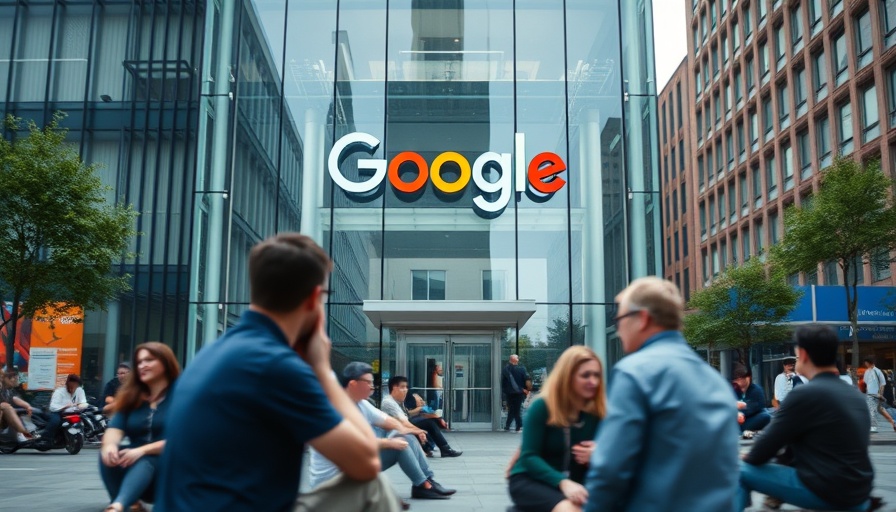
Understanding Google AIO’s New Citation Trends
Recent data reveals significant shifts in how Google AI Overviews (AIO) are influencing website traffic. As reported by BrightEdge, Google’s AIO is now increasingly favoring deeper, specialized content over homepages. This transition underscores a pivotal change that has both technical SEO professionals and content managers re-evaluating strategies for content presentation and optimization. The latest data points from March 2025 indicate that the size of AIO has rapidly expanded, marking an 18.26% increase in the first two weeks alone.
The Impact of Deep Content
BrightEdge’s findings suggest that content that is two or more links deep from the homepage is receiving significant attention, accounting for approximately 82.5% of clicks. In contrast, homepages barely registered less than 0.5% of clicks. This stark difference points to a clear opportunity: websites that provide detailed, niche content not only capture user interest but are also more likely to be cited in Google’s AIO. Interestingly, 86% of the cited pages were typically ranked for a single high-traffic keyword, which points towards a growing need for specialized content especially targeting high-volume search terms.
Why Technical SEO Matters Now More Than Ever
As Google shifts its focus toward deeper content, the implications for technical SEO are profound. BrightEdge emphasizes the importance of full site indexing, which ensures that all pages of a website can be potential candidates for citation by AIO. This practice becomes crucial especially in light of the vast traffic opportunities hidden in older content that may still hold significant value if revised and updated appropriately. Gone are the days when the homepage was the gatekeeper of online visibility; this new strategy requires a complete rethinking of content management.
Navigating the New Landscape
As SEOs and publishers adapt to this new landscape, monitoring performance metrics becomes vital. Evaluating changes in traffic, impressions, click-through rates (CTR), and potential revenue trends should guide content strategies. Jono Alderson’s recommendation to target users early in their consumer journey also echoes the need for businesses to adapt proactively to align with AI-driven citations. This could lead to optimized outreach and educational resources that prepare potential customers for their buying decisions long before they are made.
Conclusion: The Future of SEO and Content
As search engines evolve, so too must our content strategies. The analysis provided by BrightEdge marks a critical point for businesses looking to thrive in a digital landscape increasingly dominated by AI. With specialized and deep-linked content now taking center stage, optimizing for these new trends offers not just higher visibility but also greater engagement with target audiences. For any business striving to maintain or improve its online presence, now is the time to reassess content strategies and delivery mechanisms.
 Add Row
Add Row  Add
Add 






Write A Comment